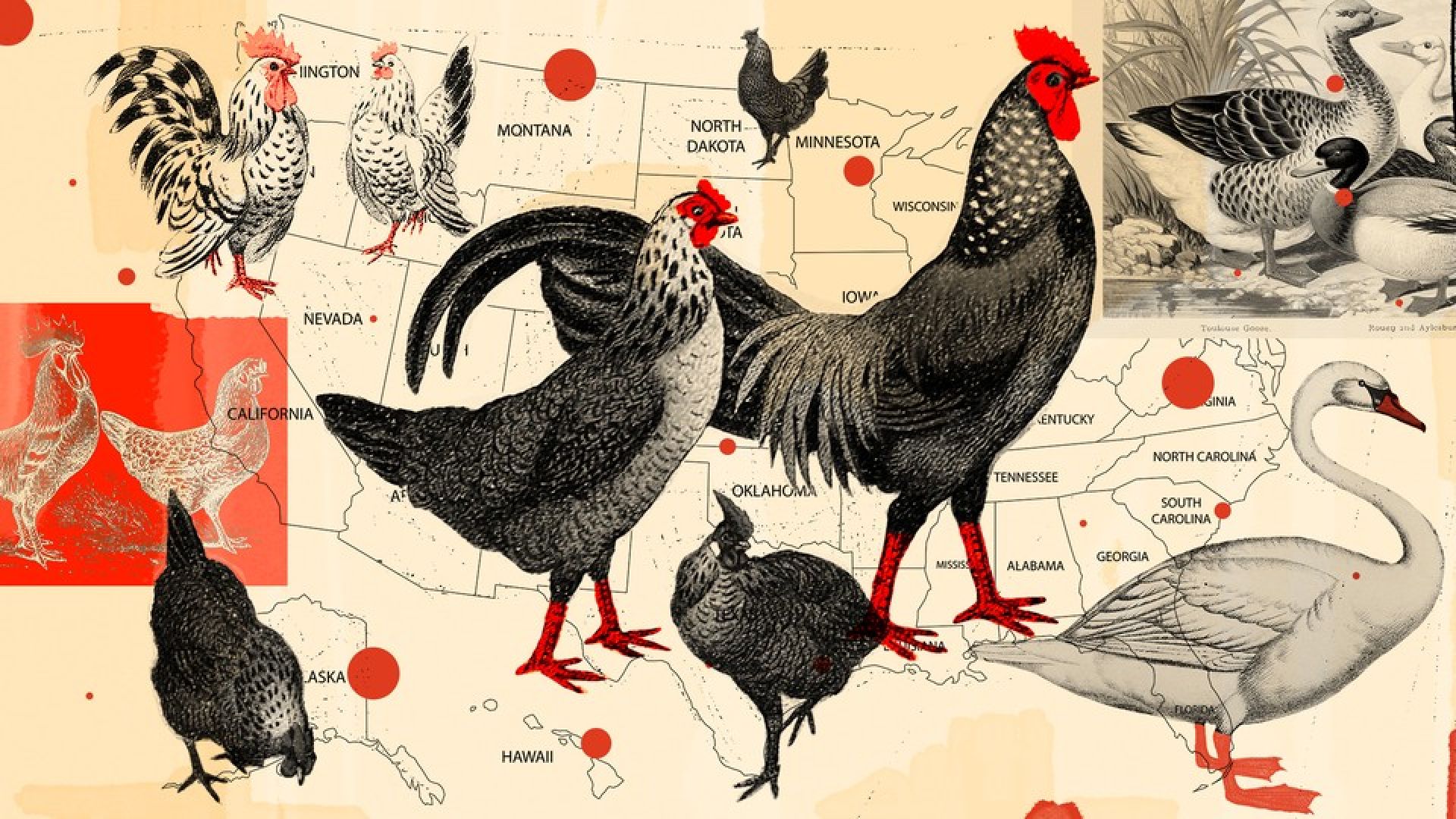Yasmin Tayag’s article addresses the growing threat posed by H5N1 bird flu in the United States. The CDC recently confirmed the first severe human case in the country, involving a critically ill Louisiana resident exposed to infected backyard birds. Meanwhile, California declared a state of emergency due to rising bird flu infections among livestock, with public health officials reporting unusual cases, such as two cats dying after consuming contaminated raw milk.
Though bird flu cases in humans have mostly been mild, experts long anticipated a severe case given the virus's widespread presence among animals. The virus has not evolved to efficiently infect humans, limiting its current risk. Still, experts warn that ongoing animal-to-human transmissions increase the likelihood of mutations that could make the virus more infectious or severe in humans. A recent study indicated that a single mutation could shift the virus’s preference from bird to human receptors, signaling potential pandemic risk.
Preventive measures, such as bulk testing of livestock and restricting waterfowl from farms, have been insufficient to halt the virus’s spread. Experts recommend vaccinating farmworkers and increasing surveillance. However, the Biden administration has yet to authorize human vaccines, leaving future decisions in the hands of potentially less proactive leadership.
Despite the risks, the world is better prepared for a bird flu pandemic than it was for COVID-19. H5N1 is a known virus with existing vaccines, antiviral treatments, and diagnostic tools. Nevertheless, more stringent efforts are needed to prevent the virus from mutating into a form capable of human-to-human transmission. Public vigilance—avoiding raw milk, sick animals, and co-infections with seasonal flu—remains crucial.


